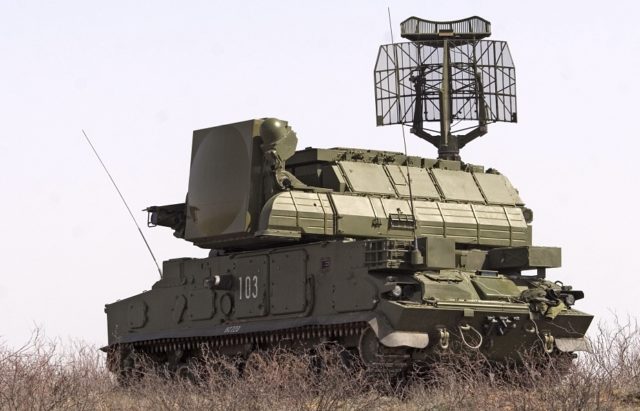By Jai Kumar Verma
20 Oct , 2016
Recently an article of Cyril Almeida published in Pakistan’s reputed English daily Dawn has exposed the bitterness between the political leadership and the army. Almeida, a fearless journalist, a rare commodity in Pakistan, wrote in the article that the civilian government has warned that Pakistan is being isolated in the world arena because of its position on terrorism. The article also revealed that Punjab Chief Minister Shahbaz Sharif, a younger brother of Prime Minister Nawaz Sharif, pointed out that whenever security agencies took actions against the terror groups or its leaders, security agencies (meaning Inter Services Intelligence-ISI) protected the terrorists. It was also reported that hot words were exchanged between ISI chief and Punjab Chief Minister.
Pakistani Foreign Secretary Aizaz Chaudhry reportedly revealed at the meeting (October 4) that several countries clearly have told Pakistan that action should be taken against Hafiz Saeed, Masood Azhar and terrorist outfits like Jaish-e-Mohammad, Lashkar-e-Taiba and Haqqani network and investigation about the attack on Pathankot Airbase must be completed. China also reportedly suggested to its “all-weather friend” that it should change its policies towards terrorism.
The Pakistan army, which claims itself as the savior of the country, directly ruled the nation for more than 33 years, with the remaining years witnessing a façade of democratic government but the Chief of Army Staff remained the most powerful individual in the state and the army remained the de-facto ruler. The dominant political leaders like Zulfiqar Ali Bhutto and Benazir Bhutto were killed while Nawaz Sharif in his first tenure was overthrown and evicted from the country.
General Raheel Sharif was selected as Chief of Army Staff by Nawaz Sharif and although he has not overthrown him so far but snatched all the powers pertaining to foreign policy towards important countries like India, Afghanistan, United States and also grabbed vital security related matters.













